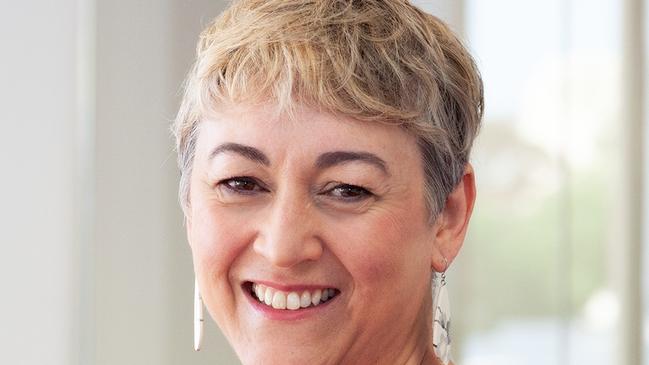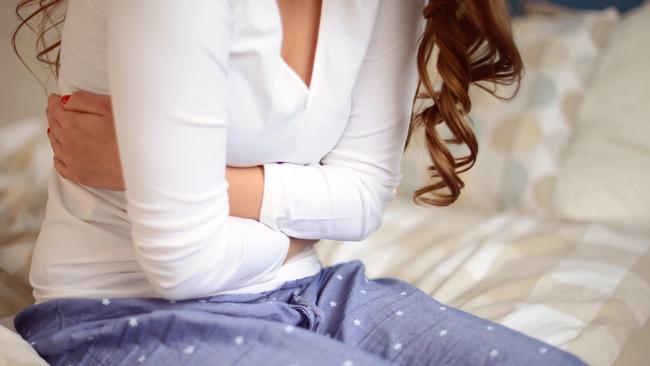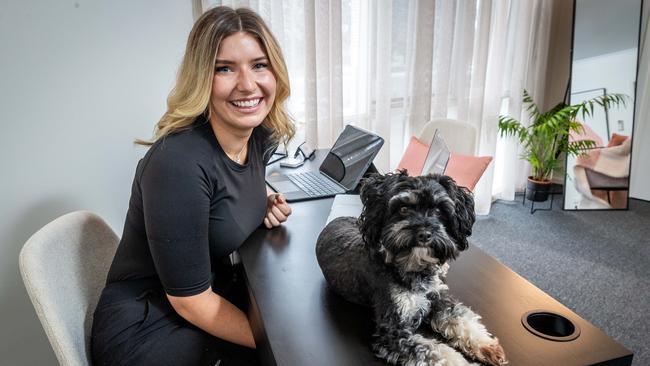National report gives voice to women suffering from pelvic pain
A new national survey shows around half of the country’s adult female population miss work, study or exercise because of debilitating pelvic pain.
News
Don't miss out on the headlines from News. Followed categories will be added to My News.
Australian women are in pain, with a new national survey showing around half of the country’s adult female population miss work, study or exercise because of it.
To be released today Pelvic Pain in Australian Women also reports the debilitating condition is having an impact on women’s mental health, emotional wellbeing and relationships.
The report is part of the 2023 National Women’s Health Survey prepared by Jean Hailes for Women’s Health for the Australian Health Department.
A random sample of more than 1600 women were asked about their experience with pelvic pain in the past five years.

Dysmenorrhoea, which is pain that occurs during menstruation (periods) is the most common type of pelvic pain. It can also be caused by injury or conditions including endometriosis, adenomyosis (where endometrial tissue grows into the muscular wall of the uterus), irritable bowel syndrome and urinary tract infection.
The report suggests the estimated $9.7 billion annual cost of pelvic pain to the Australian economy is “vastly underestimated” and recommends general practitioners are encouraged to start a conversation with their patients about pelvic pain. It also calls for a public awareness campaign to ensure women know pelvic pain is not “normal” and help is available.

The Chief Executive Officer of Jean Hailes Sarah White told the Herald Sun it was heartbreaking that so many women thought nothing could be done to help manage their pelvic pain.
“The big surprise for us (in this report) was the sheer number of women who reported experiencing pelvic pain,” Dr White said.
“Young women, in particular, have much higher rates than we expected.
“When you look at the impact of common activities there is a really striking negative impact on daily activities for women, but it is also of concern to us that one in three women thought nothing could be done about their pain.
“We want women to know they don’t have to deal with pelvic pain.”
She said while GPs have a lot on their “dance card”, the number of women living with pain and the impact it has on their daily lives make it essential for doctors to be proactive asking the question, particularly for women in the reproductive and midlife years.
“By asking women about pelvic pain, GPs are giving them permission for the conversations to start,” Dr White said.

Dr Pav Nanayakkara is an expert in pelvic pain and a specialist gynaecologist at Jean Hailes. She says it is important that women and their GPs develop an understanding that pain isn’t necessarily normal and that people feel it in different ways.
“Essentially, it is not just something people have to put up with, it is something we can look into and work on,” Dr Nanayakkara said.
She says pelvic pain is a common medical condition with potential management options.
“Asking about it helps normalise the discussion and reassures patients that this is an accepted thing to chat to their health professional about,” Dr Nanayakkara said.
She said women should seek medical help when pelvic pain starts to impact their life such as planning significant events around pain or when it stops them doing things they want to do, adding it was OK to seek a second opinion if women felt they were not being heard.
The report found:
• 47% had experienced pelvic pain in the last five years
• Half did not discuss their symptoms with a doctor
• Over a third felt nothing could be done.
• Only 19% of women felt they had the necessary information to manage their symptoms
Kirsty’s story
Tomorrow is Kirsty Baker’s birthday. The small business owner is turning 25 and her fertility is one of the last things she wants to think about as she celebrates the important milestone.
As a young woman who has experienced pain associated with her periods “from day one” and needs increasing levels of pain relief to manage her pelvic pain every month, Ms Baker says she needs to be proactive.

“I have a partner and (my fertility) does weigh heavily on my mind,” she said. “I am always being told by doctors that I am going to struggle to become pregnant, but they never articulate why.”
The nurse was diagnosed with endometriosis and polycystic ovarian syndrome three years ago but says on her regular visits to hospital emergency departments she feels her symptoms are “almost always taken as a joke”.
“I am not ashamed to talk about it. This impacts my life.”
Ms Baker said there are months when her pain is so excruciating that she needs to take four days off work; difficult when she is self-employed.
Ms Baker wanted to share her story because she wants women to know that pelvic pain is not normal.
“I want the world to know that women’s pelvic pain is not a joke. I hope one day it is taken seriously,” she said.





